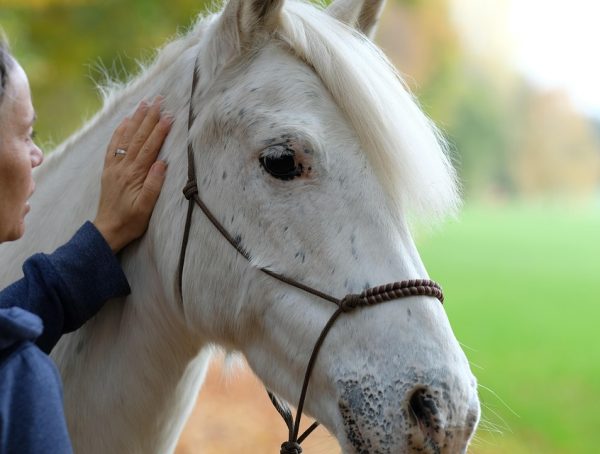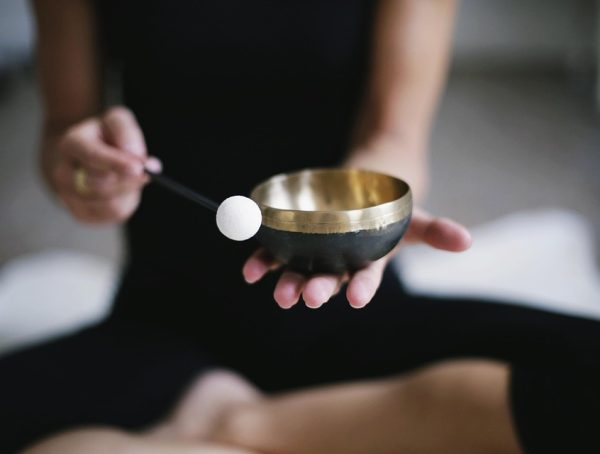Creating Personalized Mindfulness Meditation Scripts for Anxiety Management
In the hectic pace of modern life, anxiety has become an all-too-common companion for many. Luckily, mindfulness meditation offers a powerful tool to manage and reduce anxiety. Personalizing your meditation practice can enhance your connection to the practice and make it more effective. In this article, we will explore how to create personalized mindfulness meditation scripts to address anxiety and provide actionable steps to build your own script.
Understanding the Basics of Mindfulness Meditation
Before delving into script creation, it’s important to understand the fundamentals of mindfulness meditation. At its core, mindfulness involves paying attention to the present moment without judgment. This approach allows you to acknowledge your thoughts and feelings—rather than being overwhelmed by them—creating space for calm and clarity.
When practiced regularly, mindfulness meditation can improve emotional regulation, enhance self-awareness, and foster resilience against anxiety. However, to maximize its benefits, it’s essential to tailor the practice to your personal needs and experiences.
Steps to Create Your Personalized Mindfulness Meditation Script
1. Identify Your Intentions
Start by reflecting on what you want to achieve from your meditation practice. Here are some questions to consider:
- What aspects of anxiety do you experience most frequently?
- Are there specific situations or thoughts that trigger your anxiety?
- How do you want to feel after your meditation session (e.g., calm, centered, empowered)?
Action Step: Write down your intentions, specifying the feelings, thoughts, and anxieties you want to address.
2. Choose a Comfortable Setting
Your meditation environment plays a critical role in your experience. Find a quiet space where you feel safe and at ease. This can be a cozy corner of your room, a serene park, or even a favorite chair.
Action Step: Dedicate a specific spot for your practice that is free from distractions and conducive to relaxation.
3. Start with Grounding Techniques
Begin your script by incorporating grounding exercises. These practices help center your mind and body, anchoring you in the present moment. You can use techniques such as:
- Body Scan: Focus on different parts of your body, noticing any tension and consciously relaxing those areas.
- Breath Awareness: Pay attention to your natural breath, observing how your body inhales and exhales.
Action Step: Write a short grounding sequence that resonates with you, detailing instructions on how to perform each technique.
4. Use Affirmations and Mantras
Incorporating affirmations or mantras into your meditation can reinforce positivity and counteract negative thought patterns. Choose phrases that resonate deeply with your intentions. Some examples include:
- “I am safe; I am calm.”
- “I can manage my anxiety.”
- “I am in control of my thoughts.”
Action Step: Create a list of affirmations that align with your personalized meditation goals. Select one or two phrases to repeat throughout your session.
5. Visualize Calmness
Visualization engages your imagination to create a mental space that inspires tranquility. Close your eyes and picture a serene environment—like a quiet beach, a forest, or a peaceful garden. Immerse yourself in the details of this space, from the sounds around you to the sensations on your skin.
Action Step: Write a descriptive visualization you can return to each time you meditate. Include sensory details that evoke relaxation and solace.
6. Conclude with Gratitude
Ending your meditation with a gratitude practice reinforces a positive mindset. Reflect on three things that you appreciate or feel grateful for at that moment. This not only uplifts your spirit but also helps shift focus away from anxiety.
Action Step: Create a simple gratitude prompt to use at the end of your script. You might say, “I am grateful for my breath, my body, and this moment.”
Putting It All Together: Your Custom Meditation Script
Now that you’ve gathered your components—intentions, grounding techniques, affirmations, visualizations, and gratitude prompts—it’s time to compile them into a cohesive meditation script. Here’s a simple structure you can follow:
- Introduction: Briefly state your intentions.
- Grounding: Guide yourself through the grounding techniques you’ve selected.
- Affirmation & Breathing: Incorporate your chosen affirmations, pairing them with mindful breathing.
- Visualization: Transition into your descriptive visualization.
- Conclusion: Wrap up with your gratitude practice and set an intention for the rest of the day.
Practice Consistently
Creating your personalized mindfulness meditation script is only the beginning. To reap the benefits of this practice, make it a regular part of your routine. Aim for consistency; even a few minutes each day can yield significant results over time.
Action Step: Schedule a daily time for your meditation, setting reminders or integrating it into your existing habits (e.g., morning, lunchtime, or before bed).
Final Thoughts
Personalizing your mindfulness meditation practice can transform your approach to managing anxiety. By crafting scripts that resonate with your personal experiences, you can cultivate a deeper connection to the practice. Remember that the journey towards managing anxiety is unique to each individual—be patient with yourself as you explore what works best for you.
As you embark on this journey, keep in mind the words of the wonderful author and motivational speaker, Wayne Dyer:
"You cannot always control what goes on outside. But you can always control what goes on inside."
For more insights on mindfulness practices, wellness tips, and motivation, be sure to follow Kevin on Instagram at @KSteineman. Let’s journey toward inner peace and resilience together!
You might also like
More from Meditation
The Role of Mantras in Transcendental Meditation: A Deep Dive
The Role of Mantras in Transcendental Meditation: A Deep Dive Transcendental Meditation (TM) has garnered a significant following across the globe, …
The Science Behind Meditation: Improving Mental Health Naturally
The Science Behind Meditation: Improving Mental Health Naturally In today's fast-paced world, the pursuit of mental wellness has become paramount. Thousands …
Understanding the 7 Types of Meditation for Beginners
Understanding the 7 Types of Meditation for Beginners: A Path to Inner Peace Meditation has become a popular practice in recent …


































